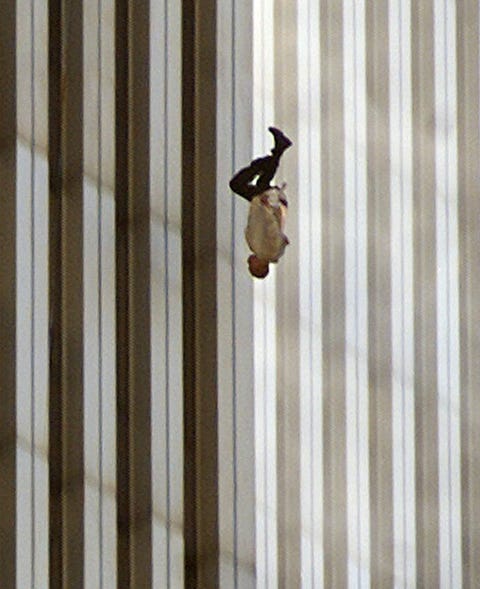 |
| https://www.digitalphotomentor.com/20-most-famous-photographs/ |
Everyone's heard the cliche "a picture is worth a thousand words." However, in some cases, photos go beyond their 1,000 word limit and give their audience more than just a glimpse of reality. When it comes to the greatest/most memorable photos that have been taken throughout history (Alfred Eisenstaedt's "V-J Day in Time Square", Nick Ut's "Terror of War", etc.) they immediately give their audience more than a glimpse, but an insightful observation where for a brief moment the audience is put into the shoes of the subject of the photograph.
For crude images, this is especially true. When concerning the Syrian refugee crisis of 2015, despite hearing and reading information about the situation, it was hard for the average news consumer of the western world (specifically the United States) to actually get a real sense of how devastating and serious the situation was. Despite this geographical hindrance, when pictures started being released of women crying and soldiers carrying dead children, the world finally was slapped in the face with the cold, hard truth of the terrified state in which Syrian refugees were experiencing. Similar in ways having tough conversations and dialogues helps us as a society progress forward by answering tough questions, crude photos act in the same manner. Without these small glimpses of realities that may be unknown to us, audience members can never get a true sense of how serious a situation may be.
 |
| https://www.esquire.com/news-politics/a48031/the-falling-man-tom-junod/ |
In some ways these photos also hold people accountable for deadly actions, especially when it comes to abusive power displayed by oppressive governments and military. According to photographer Andrea Bruce, "In places like Latin America and the Middle East, people are often more open to seeing the images of suffering. It's not labeled as an intrusion but more often proof of a wrongdoing by a government or military."
By displaying these crude images, photographers at the same time are displaying their true power in holding people accountable to not be ignorant towards the truth. At some point, especially when concerning war, terrorist situations, school shootings, etc. audience members have to address these problems and work towards solutions. Even if a person may dislike these photos, it still does not defeat the purpose of trying to solve why these photos have the ability to be taken in the first place.
As mentioned before, the same way society moves forward by answering tough questions, the same way crude photos can help audience members be less ignorant to situations around the world that are crying and pleading for answers. By publishing and presenting these photos, photographers are fulfilling their part of the contract with audience members not only by displaying truth, but also calling for answers to these visual questions.
No comments:
Post a Comment